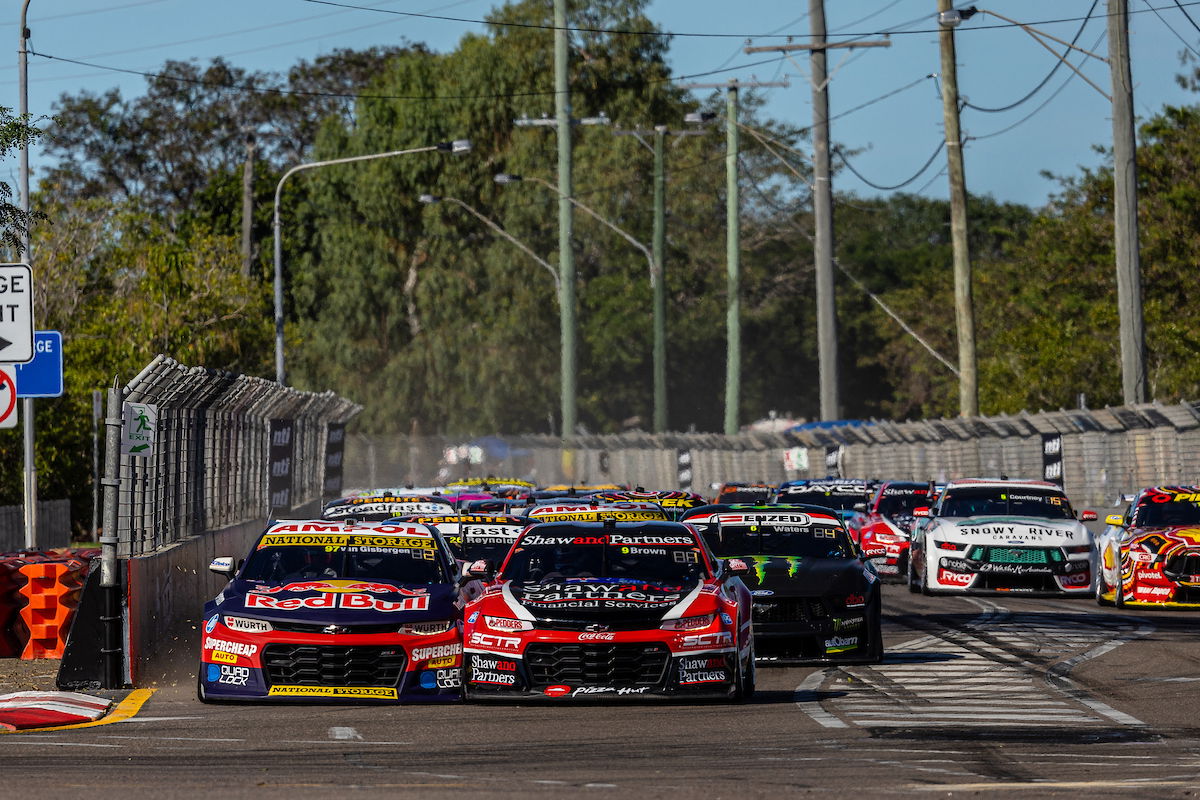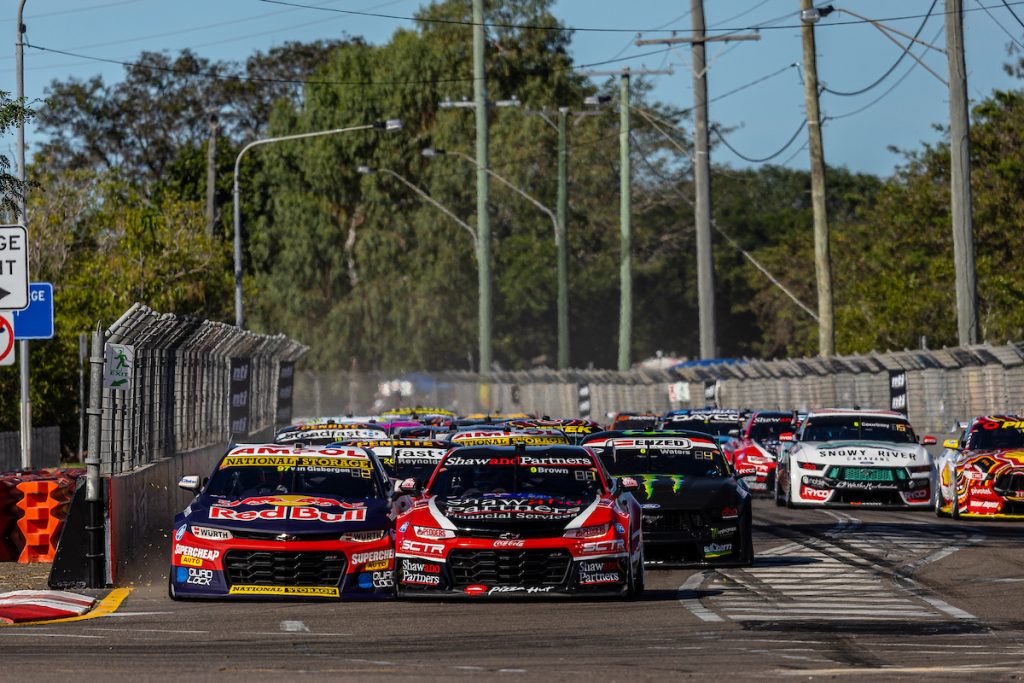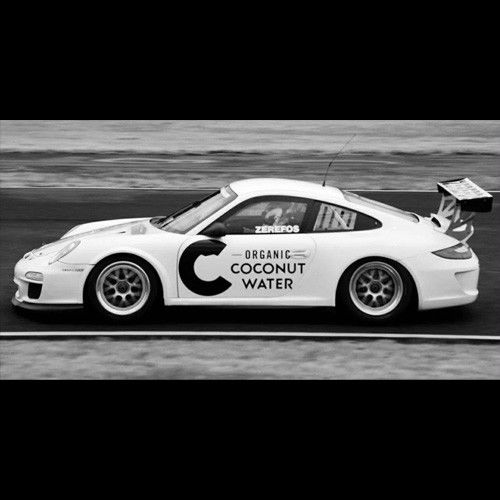

Strategic variation became a talking point last year in Townsville when Chaz Mostert bagged a podium on the Saturday and Anton De Pasquale won on the Sunday by taking an extra stop relative to the far more common choice of two.
Then and now, the format obliged/s two compulsory pit stops in each race, with Walkinshaw Andretti United departing from the herd for Mostert in an arguably successful bid to overcome the Mustang’s apparent tendency to wear out its rear tyres.
However, the Mobil 1 Optus Ford driver did so by taking two tyres only in each of his first and third stops, whereas fellow Mustang pilot De Pasquale had rubber in hand for Sunday after a Saturday DNF due to electrical problems.
This year, the three-stopper may well be more common due to a slightly freer tyre allocation.
As was the case in 2023, each car is allocated eight sets of new soft Dunlop tyres, plus its pre-marked rubber (two sets this year instead of one).
The difference is that, this time around, the ‘handback’ is only one set instead of two, per the event Further Supplementary Regulations.
If a driver only uses the new handback set and their pre-marked tyres in practice, they will start Saturday morning with seven new sets to get through qualifying, potentially Top 10 Shootout/s, and the weekend’s two, 250km races.
That is, seven sets of tyres to get through the grid determination process and a minimum of six stints of racing.
Note also that, with each qualifying session being 15 minutes long, a driver may only make two runs in one of those hit-outs so, even if we assume they make both shootouts, they could have a fully ‘green’ set plus the six sets with only a handful of hot laps put through them.
That leaves room for a two-stopper one day and a three-stopper, the next (or vice versa), or a three-stopper in both races by changing only rear tyres at some point in each of those 88-lap encounters.
There are, of course, several other variables to consider, the most obvious one being the random influence of Safety Cars.
Furthermore, rain is a possibility on each day of the event, although the chance of any rain on Saturday has dropped to 20 percent according to the most recent Bureau of Meteorology forecast.
Logically, if one can confidently predict rain in one of the two races, then a three-stopper in the other becomes more likely.
Certainly, the fuel drop of 100 litres, which equates to a total dwell time of just over 40 seconds, leaves enough time for three, four-tyre changes and the Reid Park Street Circuit is regarded as tough on tyres.
Practice 1 starts today at 12:15 local time/AEST.























Discussion about this post